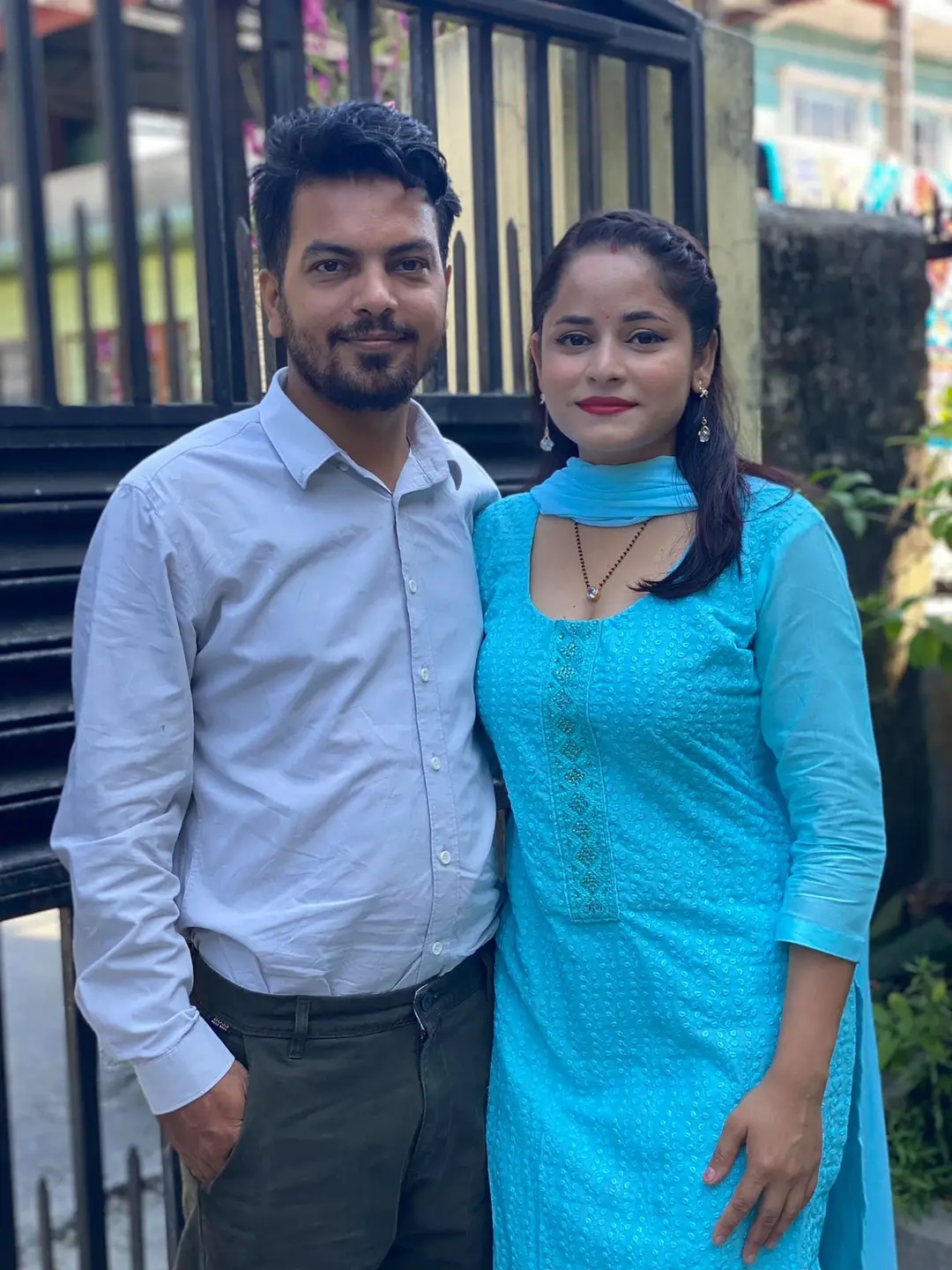Snakes on plains
On the Day of Serpents, profile of a young Nepali couple volunteering to rewild rescued snakesMonday is Nag Panchami, a day dedicated to the mythical serpents that were once said to inhabit the lake that was Kathmandu Valley. But although snakes are worshipped, they are also threatened because of public perception that they are dangerous.
Asbin Raj Ojha is out to change that. Growing up in Vorletar, Lamjung close to nature, he was curious about wildlife and as a hobby tried to find out more about the slithering reptiles.
Most snakes in the mountains are non-venomous, even so Ojha was struck by how people felt threatened by them and would kill the animals even when they were harmless.
His fascination with snakes grew as he watched YouTube videos of conservationists effortlessly catching and handling even dangerous snakes on the National Geographic channel. He started being called to rescue non-venomous grass snakes from people’s houses.
By the time he was a teenager, Ojha’s family moved to Rajahar in Nawalpur and his obsession with snakes travelled with him. But the snakes of the plains were more dangerous, and on his own he studied their habitat and habits and ways to identify different species.
Two years ago, he got a call about a King Cobra (Ophiophagus hannah) on the loose in Nawalpur. News about his snake expertise had got around, and he successfully trapped the 4m long snake and relocated it back into the jungle.
“Cobras are sacred, but they are also feared, and rescuing them was a milestone in my life, and increased my confidence in handling such majestic snake species,” recalls Ojha, 30, who later realised the danger he had put himself in by handling the snake without protective gear. Even 12mg of cobra venom will kill an adult human.
Read also: Save snakes to save nature, Tulsi Rauniyar
The video of the dramatic rescue went viral, and many more people found out about his work. But Ojha got to work doing more research about safety protocols in handling venomous snakes, and methods in handling non-poisonous ones without harming them using gloves, tongs, safety pads and hooks.
After getting married, Ojha’s wife Anjali Thapaliya has also been infected, as it were, by his snake bug. She comes along on every rescue call, and together they have rescued 15 King Cobras from farms and households and translocated them to Chitwan National Park in coordination with the warden’s office.

But such is the fear of snakes that even non-venomous ones are killed or harmed before the couples reach the site. Some are burnt with kerosene or beaten with sticks.
Ojha and Thapaliya are chemistry and environmental science majors respectively and are not trained vets, but they do what they can by trading injured snakes with traditional treatments like mustard oil or turmeric.
Anjali Thapaliya was initially not too keen about snakes, but understood her husband’s passion for snakes. She supported him from afar.
One day, while rescuing a venomous Krait snake which is 10 times more poisonous than a King Cobra, Ojha was bitten on his hand. Thankfully, he was wearing gloves but Thapaliya was worried sick and decided to accompany her husband to the rescue after that.
“In the beginning, I used to look at the rescue from afar, but as I started working more with snakes, I developed a soft corner for them,” says Thapaliya, 29. “I’m really happy he is rescuing snakes but by doing so he is also saving lives, not just of snakes but of humans too.”
Snakebites are widespread in the Nepal Tarai during the monsoon and can be lethal because antidotes are often not readily available at health posts. As many as 3,000 people are said to die every year from snake bites according to the National Institute of Health.
Lack of awareness about snakes and snake bites also end up harming snakes, which is why Ojha and Thapaliya have made it their mission to better educate communities by conducting classes to help reduce snake-human conflict.
Says herpetologist Santosh Bhattarai: “Their work in King Cobra conservation is really praiseworthy and has directly contributed to reducing death of snakes as well as in lethal snakebite cases.”
Ojha is a teacher by profession and is often interrupted in class to attend to an emergency rescue. But he has trained some young volunteers to also help in rescues.

Ojha says his team needs more support from the Forest Department to spread awareness and invest in snake translocation efforts. The team often faces legal and community issues while relocating snakes.
“Sometimes people call us killers because they think we are releasing venomous snakes near their homes,” says Ojha, who wants the same priority in conserving snakes as the protection that tigers and rhinos get.
Bishal Prasad Neupane is a zoology undergrad specialising on the amphibians and reptiles of Nepal.




